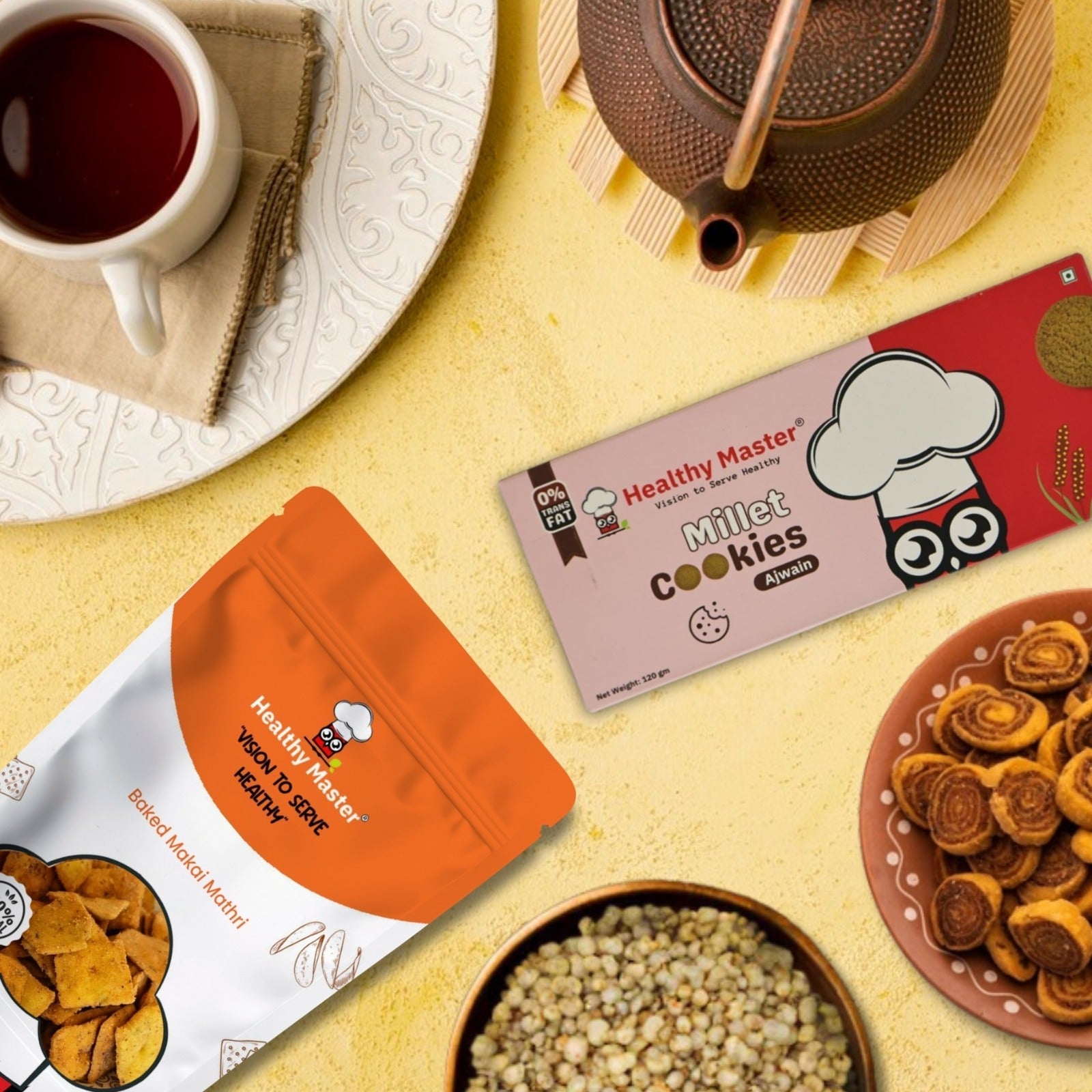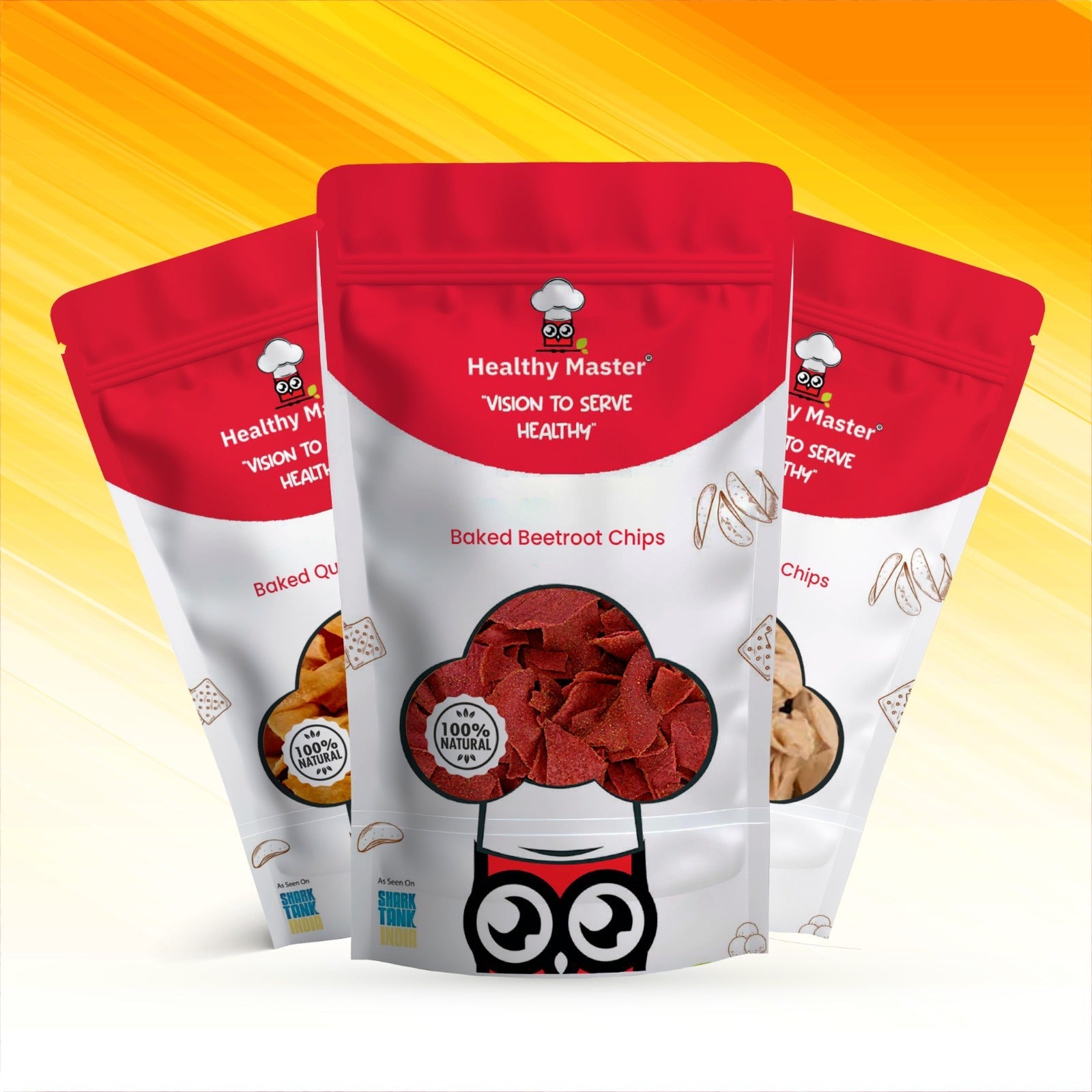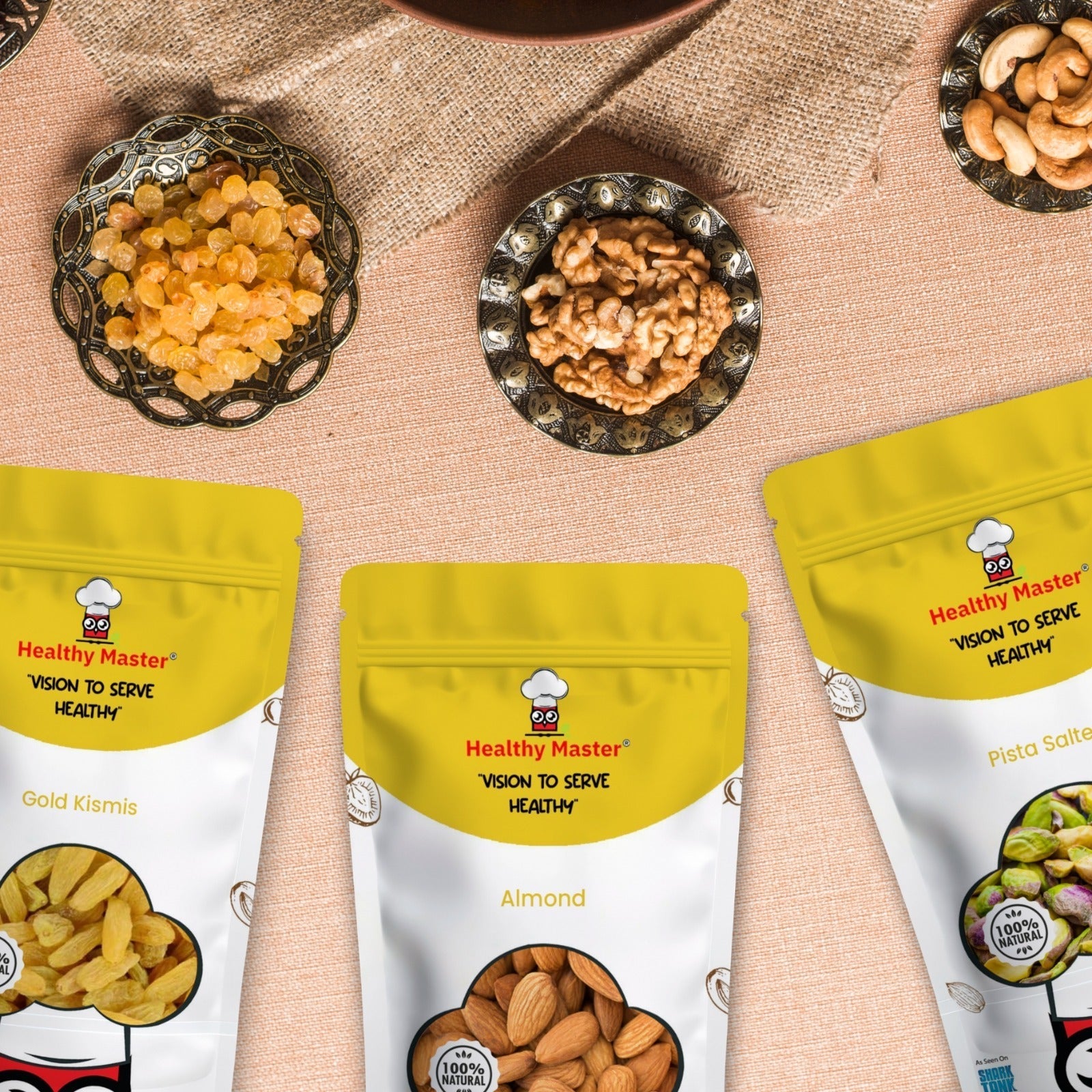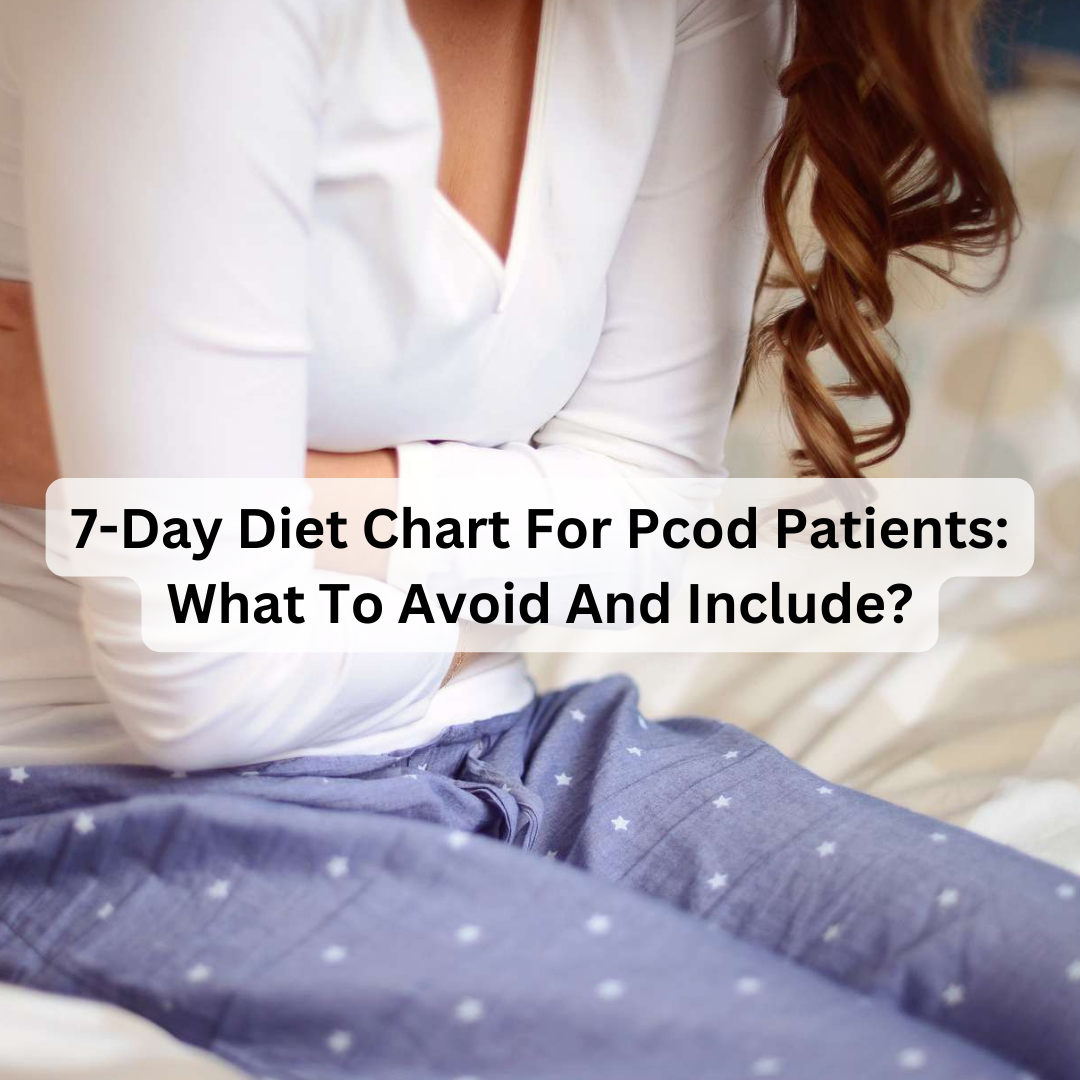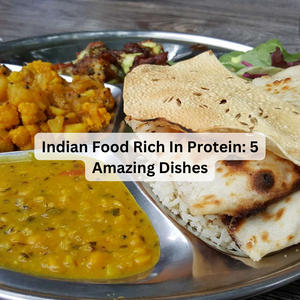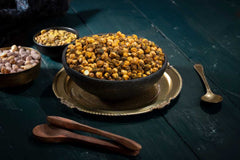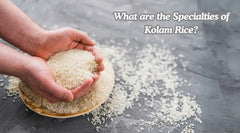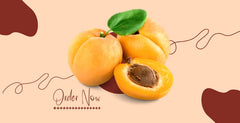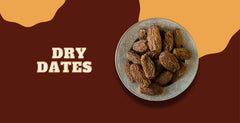7-Day Diet Chart For Pcod Patients: What To Avoid And Include?
PCOD (Polycystic Ovarian Disease) is a medical condition in which a woman's ovaries produce an extensive amount of immature or partially mature eggs, which eventually develop into ovarian cysts.
This results in enlargement of the ovaries and increased secretion of androgens, which is the male hormone responsible for symptoms like infertility, irregular menstrual cycles, hair loss, and abnormal weight gain. However, we can help ease the symptoms by making changes to your diet and lifestyle.
In this blog, we shall discuss the foods that individuals with PCOD should avoid and consume to minimise hormonal imbalances, inflammation, and insulin resistance. We shall also create a 7-day diet chart for PCOD patients.
7-Day Diet Chart For PCOD Patients

Following up with a PCOD Diet Chart can help you manage your symptoms and preserve your health. Dietary charts usually advise consuming foods that provide the body with adequate nutrition.
Dietary factors primarily affect insulin production and resistance, as well as weight management, in PCOD patients. It is significant to remember that insulin is essential for PCOD. Thus, one of the best ways to manage the condition is to follow a diet that controls insulin levels.
Overall, you must follow a diet that meets your nutritional requirements, keeps excess weight under check, and promotes good insulin levels.
Given below is the 7-day diet chart for PCOD patients.
|
Day |
Breakfast |
Lunch |
Evening snack |
Dinner |
|
Day 1 |
Vegetable Poha |
Quinoa Salad with Chickpeas and Veggies |
Yoghurt with Flaxseeds |
Palak Paneer with Roti |
|
Day 2 |
Oats Upma |
Mixed Dal with Brown Rice and Steamed Vegetables |
Cucumber and Carrot Sticks with Hummus |
Vegetable Biryani with Raita |
|
Day 3 |
Moong Dal Chilla |
Chickpea and Spinach Curry with Brown Rice |
Apple Slices with Peanut Butter |
Tofu and Vegetable Stir-Fry with Quinoa |
|
Day 4 |
Idli with Sambar and Coconut Chutney |
Masoor Dal with Methi Thepla |
Carrot and Cucumber Sticks with Hummus |
Vegetable Khichdi with Cucumber Raita |
|
Day 5 |
Methi (Fenugreek) Paratha with low-fat curd |
Rajma with Brown Rice |
Orange Slices with Chaat Masala |
Aloo Gobi with Roti |
|
Day 6 |
Ragi Dosa with Mint Chutney |
Vegetable Bajra Khichdi |
Grilled Paneer Cubes with Mint Chutney |
Palak and Moong Dal Soup with Brown Rice |
|
Day 7 |
Oats and Mixed Fruit Porridge |
Quinoa and Vegetable Pulao |
Methi Thepla with Kadhi |
Foods To Include For PCOD Patients
We shall now look at the foods to include in your diet as a PCOD patient:
Foods High In Fibre

Foods high in fibre can aid in the fight against insulin resistance by slowing down the digestive process and lowering abrupt spikes in blood sugar levels.
Lean Proteins

Lean proteins are those foods that are high in protein but are low in fat. They can help you feel fuller for longer periods and control your blood sugar levels, even though they are low in fibre. Increase your intake of fish, poultry, egg whites, beans, tofu, and other lean foods.
Foods That Reduce Inflammation

PCOD comes with inflammation which is not a great experience as it causes internal scarring and can damage healthy cells. However, consuming anti-inflammatory foods can help lessen your symptoms of PCOD such as headaches, joint pain, fatigue, skin issues and so on. You can consume beets, tomatoes, strawberries, apples, kiwis, etc.
Healthy Fats

Hormone production and general health depend on your consumption of healthy fat food items. Rich sources of monounsaturated and polyunsaturated fats can be found in avocados, walnuts, almonds, flaxseeds and chia seeds. They do promote your hormonal balance and reduce inflammation.
Low-Glycemic Index (Gi) Carbohydrates

To control blood sugar levels, you should choose carbohydrates with a low GI. This group of foods includes whole-grain pasta, oats, sweet potatoes, and quinoa. They provide longer-lasting energy because they digest more slowly and have less of an effect on blood sugar.
Foods To Avoid For PCOD Patients
We shall now look at the foods to avoid as a PCOD patient:
Refined Carbohydrates

PCOD symptoms are exacerbated by insulin resistance and inflammation, which are increased by white bread, pastries, muffins, and potatoes.
Sugary Drinks And Snacks

Sugar overload is a major cause of diabetes and needs to be avoided at all costs. This is because sugar impairs the control of insulin and causes inflammation which in turn will impact your body negatively as a PCOD patient. You should look for sugar content on food labels under different names, such as high fructose corn syrup, dextrose, and sucrose.
High-Energy Fruits

Limit your consumption of high-energy fruits such as bananas, Jackfruit, Mango, Chiku, Litchi, watermelon, dates, etc., since they contain high amounts of sugar which will hamper the insulin levels in your body which can lead to rapid spikes in your blood sugar levels.
Inflammatory Foods

Steer clear of inflammatory food items as they exacerbate PCOD symptoms. This group includes foods like margarine, processed meats, red meat, and french fries, all of which you ought to avoid at all costs.
Takeaway
The symptoms experienced during PCOD can be effectively managed with positive lifestyle changes and a good diet. Always remember to consult with your doctor upon noticing any symptoms of PCOD. Depending on your condition, your doctor will give you the right treatment plan.
Along with a healthy diet, exercising, hydration, and stress management are also important for the effective management of PCOD symptoms. Visit Healthy Master for a wide range of healthy snack products.
 Deal of the week : Trial Snack Box - 18 Wholesome Delights Just at ₹ 899.00
Deal of the week : Trial Snack Box - 18 Wholesome Delights Just at ₹ 899.00


